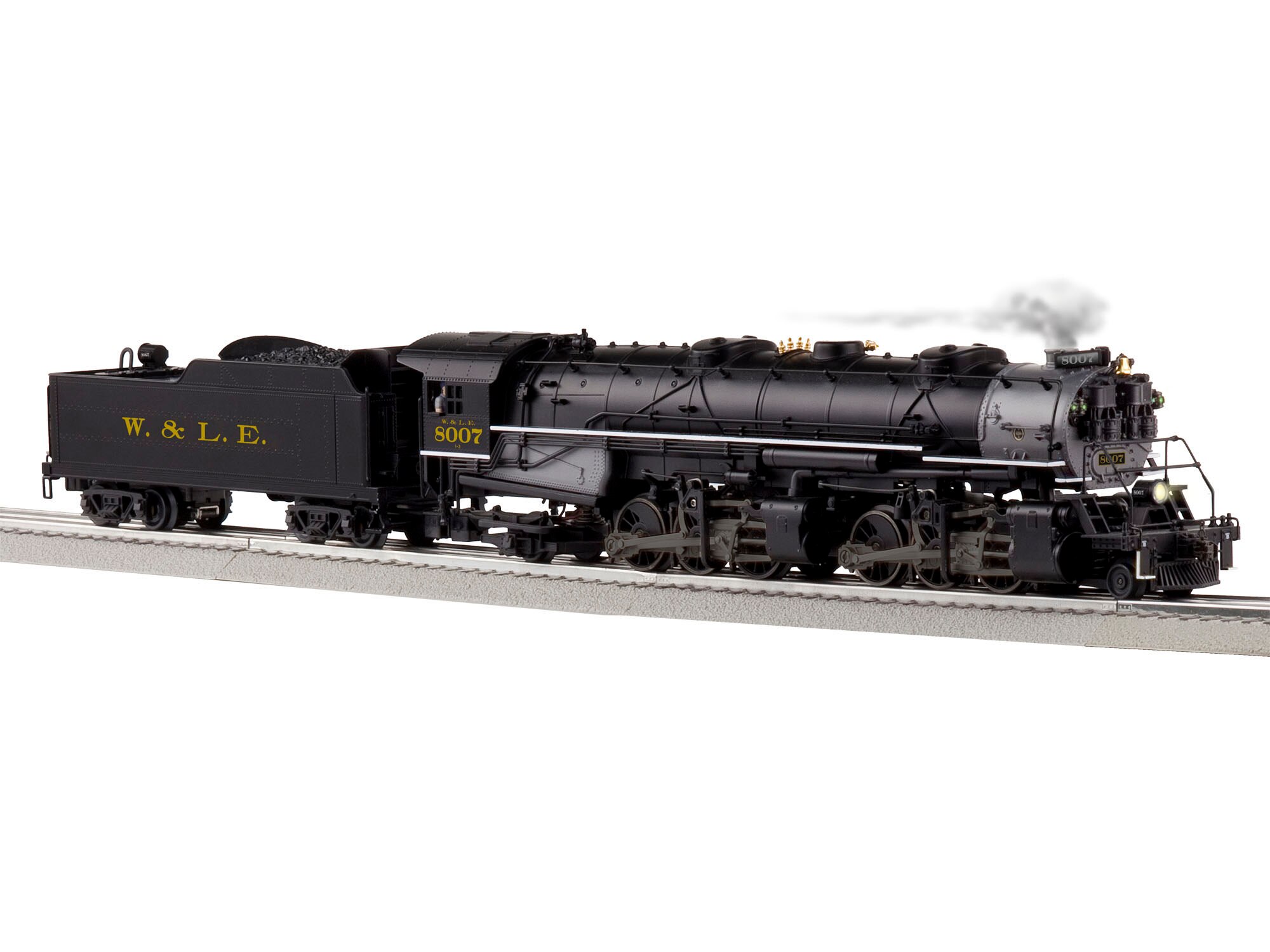Postby healey36 » Mon Jan 14, 2019 7:32 pm
My understanding is that the Wheeling & Lake Erie extended George Gould's network from the Wabash's eastern terminus at Toledo to Pittsburgh Junction, some 60 miles west of Pittsburgh. Gould's line connecting the W&LE to Pittsburgh would be comprised of the Cross Creek Railroad, the Pittsburgh, Toledo & Western Railroad, and the Pittsburgh, Carnegie & Western Railroad, all built between 1900 and 1904. Service began in 1904. On a cost-per-mile basis, the extension to Pittsburgh was one of the most expensive rail projects in U. S. history. In May, 1904, Gould consolidated the three lines into a new entity, the Wabash-Pittsburgh Terminal Railway.
As Gould's planned transcontinental system was a network of individual companies, not a true transcontinental line, it seems highly unlikely that W&LE motive power operated over the Wabash-Pittsburgh Terminal Railway to enter Pittsburgh. Locomotives were more likely changed at the WPT's western terminus at Pittsburgh Junction.
The WPT would eventually emerge from receivership some eight years later, reincorporated as the Pittsburgh & West Virginia Railway. The Taplin brothers got their mitts on the PWV in 1923, and then things got really complicated.
I seem to remember reading that the W&LE's 2-6-6-2 Mallets were USRA designs from late or shortly after the war (1918-1919), and weren't considered a successful design. The PWV's 2-6-6-4 hit the tracks in 1935, the first simple articulated locomotive Baldwin ever built, and they were beasts.
Healey

